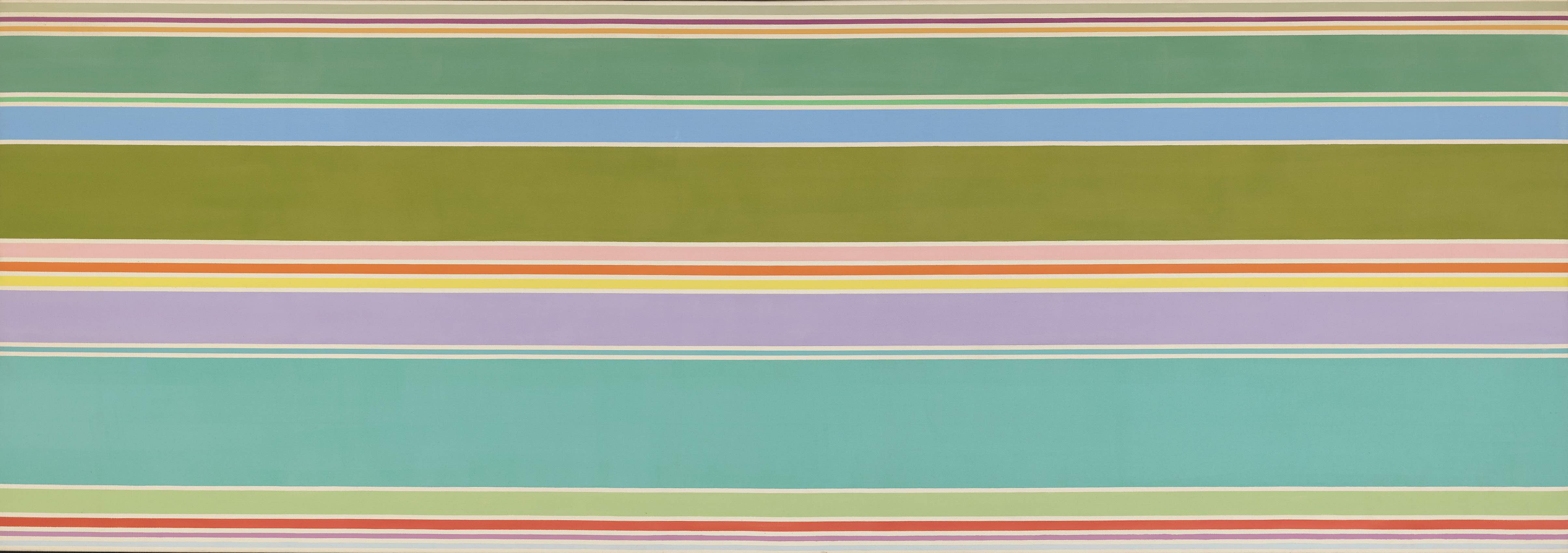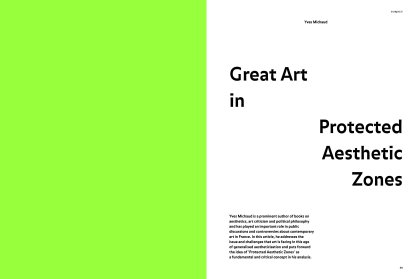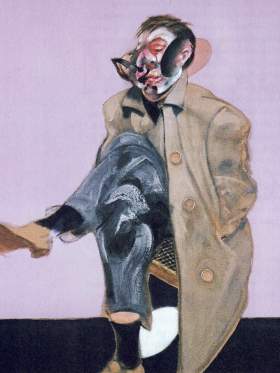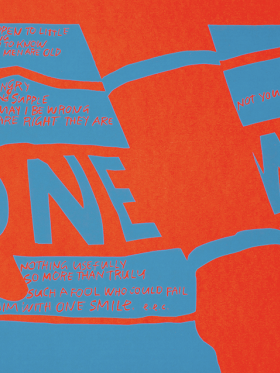Since the late 1980s, after a period of fluctuation appropriately dubbed ‘post-modernism’, the shift towards a type of art that uses all possible media in all possible ways was stepped up a notch.
Meanwhile, aesthetic-technical devices have invaded the streets, shops, shopping centres, railway stations and airports, public spaces, company lobbies and offices, television studios, entertainment venues and nightclubs. In every sphere, the world around us has become aestheticised: body aesthetics, the design of objects and spaces, the aestheticisation of consumption, tourism – and even moral aestheticisation in the form of political correctness and right thinking.
The public has become accustomed to this dual aesthetic regime: in everyday life, they enjoy the beauty of their surroundings, while in the art world, they accept almost anything. In fact, art operates exactly like the settings in which they find themselves immersed on a daily basis.







Share article